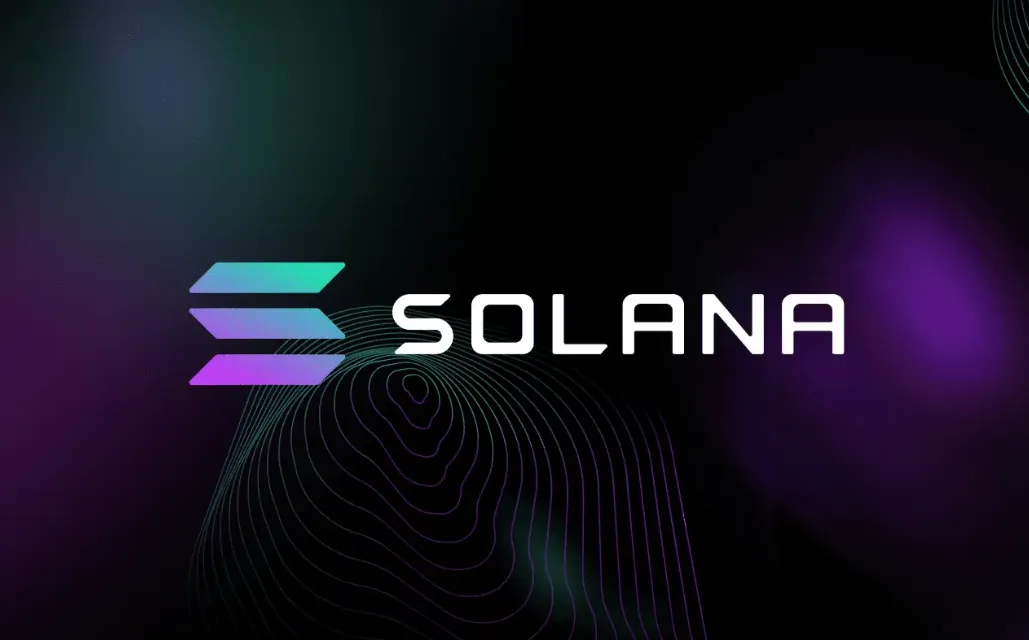Decoding The Craze: What Makes Solana A Standout Performer
Solana is one of the crypto sector’s most popular tokens and the fifth-largest by market capitalization. Founded by former Qualcomm engineer Anatoli Yakovenko in 2017, Solana Labs was initially created to address problems with the centralized and traditional financial system. Over time, the Solana ecosystem evolved and has become a strong Ethereum rival, with a framework that supports crypto payments, non-fungible tokens (NFTs), and decentralized finance (DeFi).
According to CoinMarketCap data, SOL is at $159 with a market cap of $74.1 billion and a circulating supply of more than 465 million tokens. While 38% lower than its all-time high (ATH) of $259.96 in November 2021, the Solana koers has shown remarkable growth, sitting over 32,000% higher than its 2020 all-time low of $0.5008, demonstrating the strong potential of the SOL token. Based on several factors, including price trajectory, nearly every SOL price prediction is bullish, suggesting a possible $200 price point for 2024 and up to $246 next year.
Factors Behind Solana’s Success
- High Throughput: The Solana blockchain competes favorably with any other network in the cryptocurrency market because of its high throughput. For instance, the Bitcoin (BTC) network’s throughput is 7 transactions per second (TPS), while Ethereum’s is about 15 TPS. Solana significantly trumps both options with a TPS of up to 65,000, making the network one of the market’s fastest and most scalable options.
- Dual Consensus Mechanism: The Solana blockchain combines the Proof of History (PoH) and Proof of Stake (PoS) consensus mechanisms. PoS is a common consensus mechanism that requires network validators to create new blocks and confirm transactions based on the number of tokens they stake as collateral. On the other hand, PoH is an entirely different mechanism that creates a historical record used to verify the authenticity and details of specific events. Via PoH, Solana creates a continuous sequence of timestamps that follow the order of initiated transactions, providing a clear history of all network events. This improves network efficiency by reducing the need for excessive communication between nodes to reach an agreement.
- NFTMarket: Solana has become a trusted platform for the NFT and DeFi markets. Due to the network’s cost-effectiveness, developers and creators are increasingly minting and trading their NFTs on Solana instead of Ethereum. NFT marketplaces like Magic Eden have become very popular, attracting many sellers and buyers alike. According to data from Web3 DApp platform DappRadar, Magic Eden has had nearly 70,000 unique active wallets (UAW) over the last month, and processed more than $30 million across 4.5 million transactions.
- DeFi: Solana has become a strong contender in the DeFi space and hosts market-leading applications like Raydium, the fifth-largest decentralized exchange (DEX) with a trading volume of more than $736 million in the last 24 hours. Solana’s second-largest DEX, Orca, is also the ninth largest in the market, with a 24-hour trading volume higher than $550 million. Solana has become such a force in the DeFi market that its total trading volume recently hit $55.876 billion, slightly surpassing Ethereum’s $53.8 billion.
- Meme Coins: Another feather in the Solana hat is its support for new cryptocurrencies, especially meme coins. There are now more than 650 cryptocurrencies on the Solana blockchain, many of them meme coins. Some of the world’s largest meme coins, including dogwifhat (WIF), Bonk (BONK), and BOOK OF MEME (BOME), are Solana-based. In addition, popular assets like Tether (USDT), Chainlink (LINK), and PayPal USD (PYUSD) are also available on Solana.
Conclusion
Despite Solana’s success, the network has had its fair share of problems, including several outages over the years. In addition, there were fears of a possible Solana collapse following the FTX crash in November 2022. Nevertheless, Solana has risen through all its setbacks and remains one of the largest and most successful blockchains.
Solana’s NFT adoption rate recently surpassed all other chains, at 34% of chain traders, much higher than Etherum’s 15%. A steady increase in adoption and use cases could see Solana become the primary blockchain for DeFi, payments, NFTs, and other use cases like crypto gambling.







